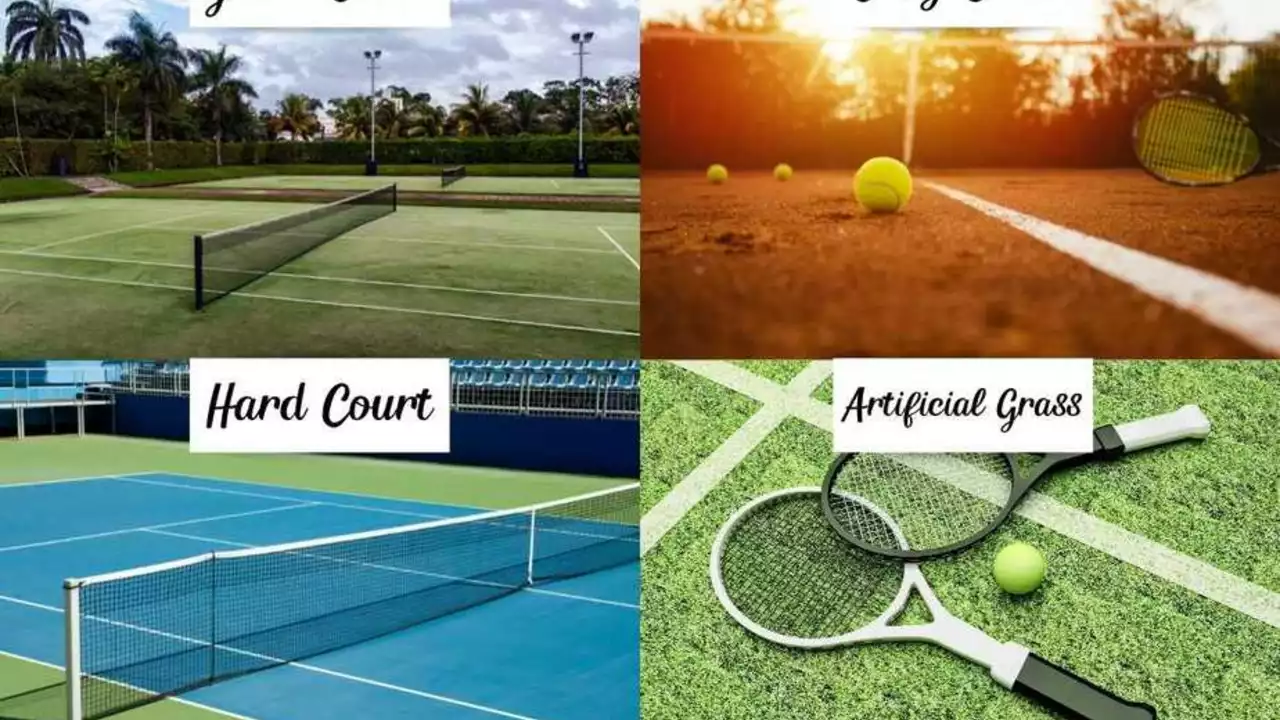Tennis Difficulty: How to Face the Hard Parts of the Game
If you’ve ever felt stuck on the court, you’re not alone. Every player hits a wall – whether it’s a heavy racket, endless rallies, or just the mental grind. This page pulls together the most useful advice from our Difficulty tag so you can break through the barriers and enjoy tennis again.
Identify What’s Holding You Back
First step: figure out which part of the game feels hardest. Is it the physical side, like handling a heavier racket? Or is it endurance during long rallies? Maybe it’s the mental side – staying focused when the score gets tight. Write down the specific issue; a clear target makes the solution easier to find.
For equipment, many players wonder why a heavier racket feels more powerful. The simple answer is physics: more mass means more force when you swing. The trade‑off is extra arm fatigue, so you need solid core strength and good technique. Start with a racket a couple of ounces heavier than your current one and add strength drills to your routine.
Practical Ways to Tackle Common Difficulties
1. Build Endurance for Long Rallies – Players who thrive on marathon points often mix cardio with on‑court drills. Try interval sprints on the baseline: sprint 10 meters, hit a forehand, backpedal, and repeat. Over time, your body learns to keep a steady pace without gasping for air.
2. Strengthen the Core for Heavy Rackets – Planks, medicine‑ball twists, and rotational cable work directly translate to racket control. Spend 10 minutes after each practice on these moves and you’ll notice less shaking on serves.
3. Mental Toughness Tricks – Visualization is a cheap, powerful tool. Before a match, picture yourself hitting a perfect backhand under pressure. When the real point comes, your brain already rehearsed the action, so you stay calm.
4. Use Ball Machines Wisely – A ball machine can simulate endless strokes without a partner. Set it to random spin and speed, then force yourself to adjust on the fly. It’s a great way to practice consistency and reaction time.
5. Review Pro Practices – Top pros start with a solid breakfast, then spend hours on court before hitting the gym. Mimic this structure: fuel up, warm up with light rally, then hit intensive drills, and finish with stretching.
Remember, difficulty isn’t a permanent label. It’s a signal that something needs attention. By breaking the problem into equipment, fitness, and mindset, you can target each piece without feeling overwhelmed.
Got a specific challenge? Dive into the related posts on our Difficulty tag – from why heavy rackets boost power to how to survive the longest games in tennis history. Each article offers a bite‑size tip you can try today.
Keep experimenting, track your progress, and celebrate the small wins. The next time you step on court, you’ll feel the difference and wonder why you ever thought tennis was that tough.
